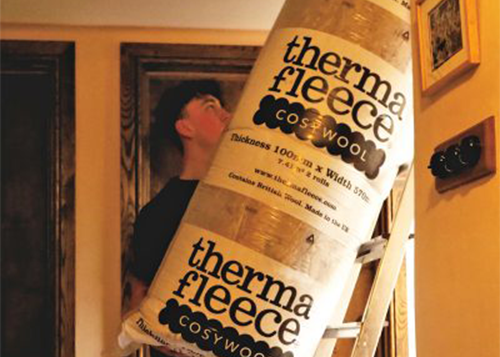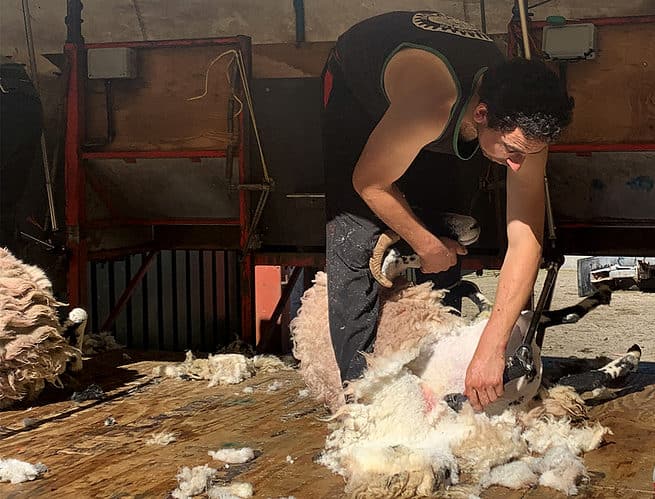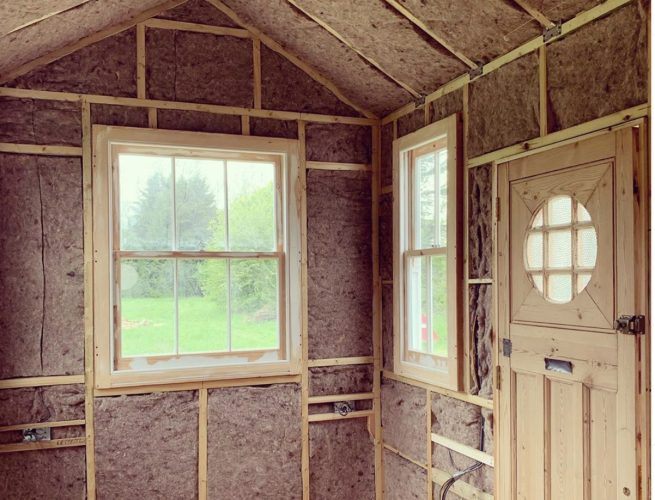The Top 5 Insulation Tips
Tip No 1: Understand What Insulation Does. Insulation prevents heat loss, but it also does many other things. Take this into account before deciding what to use. Indoor humidity and moisture levels vary depending on where we insulate and what we insulate with. Managing these the right way helps create a healthy building and improves […]
The Top 5 Insulation Tips Read More »





